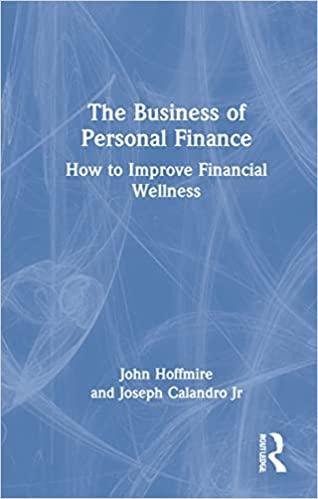(a) An annual-coupon corporate bond has an annual effective yield of 5.1% at its current price of 72.48. At 5.1%, the bond's Macaulay duration is 7.1245. Using the first-order modified approximation method, estimate the price when there is a decrease in yield rate of 25 basis points. Leave your answer in 4 decimal places. (b) A company has liabilities requiring payments of 1,000, 3,000, and 5,000 at the end of years 1,2 and 3, respectively. The investments available to the company are the following zero-coupon bonds: Determine the cost to perform exact asset-liability matching. [6] (c) (i) List down the 3 conditions of the Redington immunization. (You may write out the mathematical expressions instead of the English terms.) (ii) A company must pay a benefit of $15,000 to a customer in two years. To provide for this benefit, the company will buy one-year and three-year zero-coupon bonds. The one-year and three-year spot rates are 7% and 10%, respectively. The company wants to immunize itself from small changes in interest rates on either side of 10%. Let X be the amount invested in the one-year bond, and let Y be the amount invested in the three-year bond. Determine X and Y. Then, check whether Redington immunization is achieved for the company. [10] (a) An annual-coupon corporate bond has an annual effective yield of 5.1% at its current price of 72.48. At 5.1%, the bond's Macaulay duration is 7.1245. Using the first-order modified approximation method, estimate the price when there is a decrease in yield rate of 25 basis points. Leave your answer in 4 decimal places. (b) A company has liabilities requiring payments of 1,000, 3,000, and 5,000 at the end of years 1,2 and 3, respectively. The investments available to the company are the following zero-coupon bonds: Determine the cost to perform exact asset-liability matching. [6] (c) (i) List down the 3 conditions of the Redington immunization. (You may write out the mathematical expressions instead of the English terms.) (ii) A company must pay a benefit of $15,000 to a customer in two years. To provide for this benefit, the company will buy one-year and three-year zero-coupon bonds. The one-year and three-year spot rates are 7% and 10%, respectively. The company wants to immunize itself from small changes in interest rates on either side of 10%. Let X be the amount invested in the one-year bond, and let Y be the amount invested in the three-year bond. Determine X and Y. Then, check whether Redington immunization is achieved for the company. [10]







